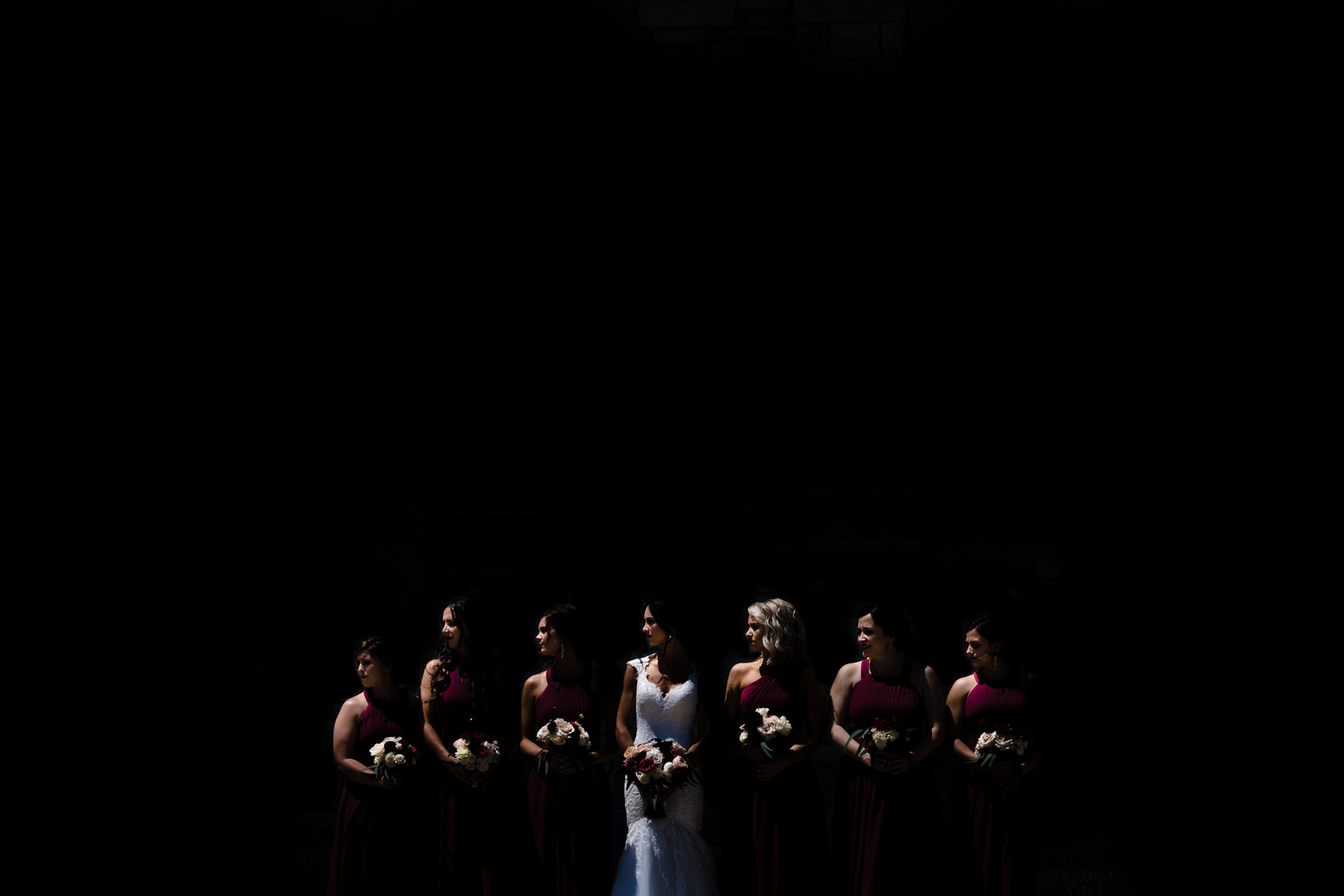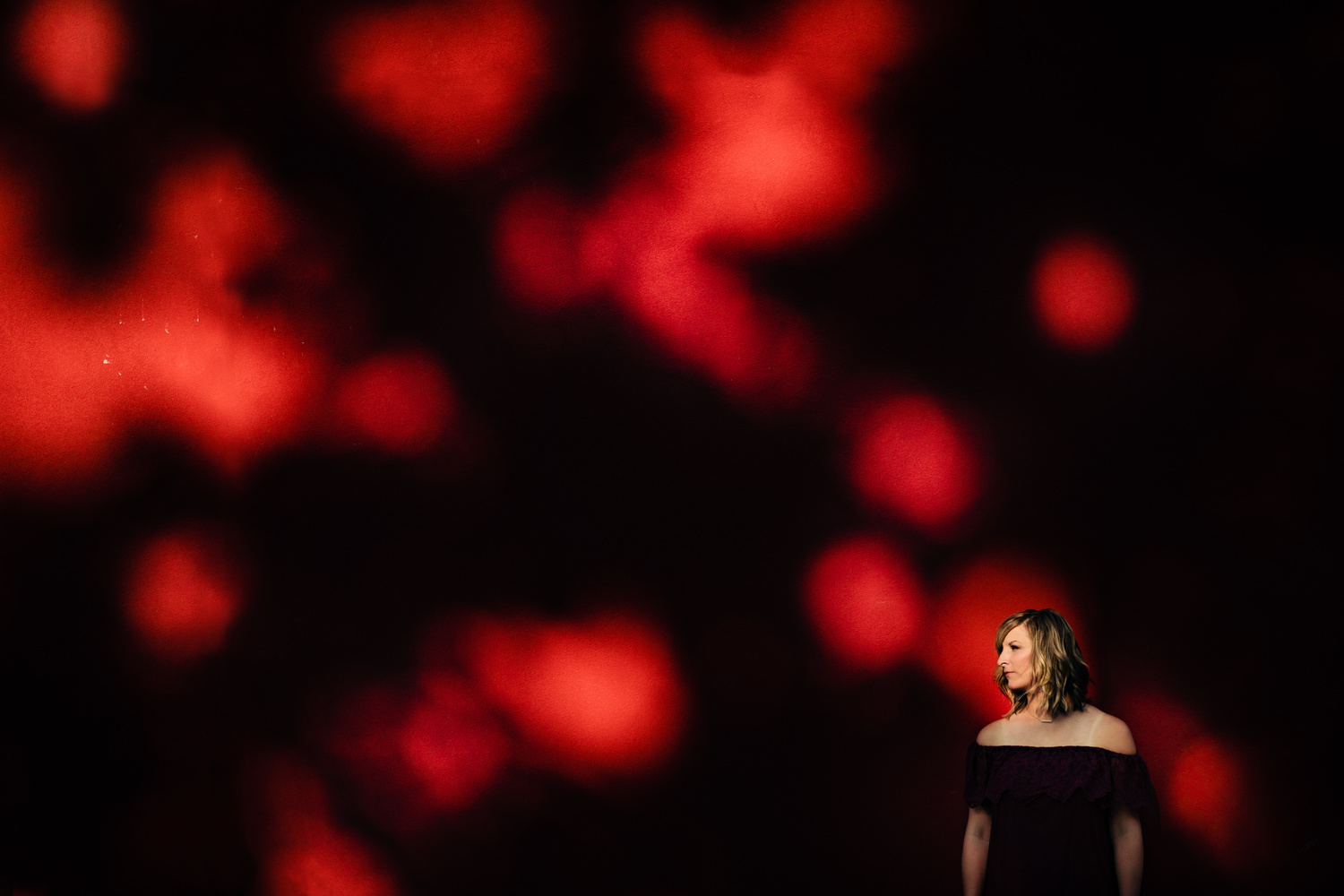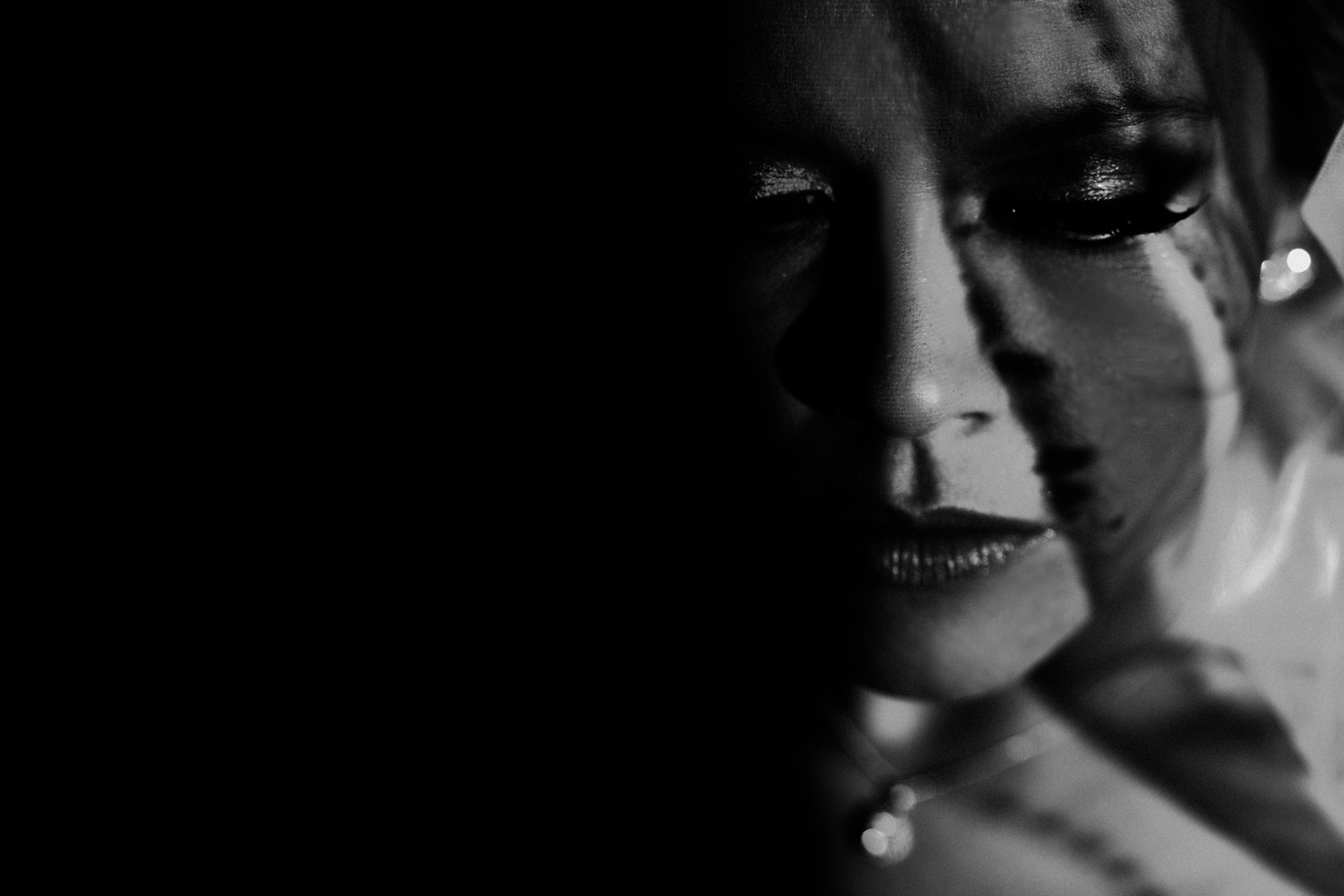Light can easily make or break a photograph. While there is truly no such thing as bad light, there is a good and bad way to use light.
When starting off in photography, especially when dealing with portraits, we learn that soft light is the best light. So we set out to photoshoots being thankful for every cloudy day. On the days where there isn't a cloud in the sky, we search high and low for areas of shade. We do anything in order not to have to deal with the bright, harsh, and unforgiving light that is the sun. The problem with this nice soft overcast light is that it is extremely easy to use. This makes it so even the newest beginner can make good images. Because so many people use it though, these images rarely hold a strong visual interest.

Learn to Use Hard Light
In order to step away from this visually boring light, we need to start using and understanding hard light. But hard light doesn't have its name just for the quality of light it produces. It can actually be pretty hard to use. But with a few tricks up your sleeve, you can take control and use it to your advantage.
The first thing to consider when using hard light is the direction. This is also where most people make their biggest mistake when working with hard light. Most people's first step when setting up an image is they find a nice and interesting background and place their subject in front of that chosen background. But when doing that, you’re not taking into account the direction of the light. Most of the time the light ends up casting unflattering shadows across the subjects face. Instead, the first step when dealing with hard light is to identify the best direction. Because I love a dramatic image, my favorite go-to is to have the light coming from a 45 to 135 degree angle. Once we have the light direction we want to use, now we find the background we can use that fits our shooting direction.


After a fair amount of practice, you will learn how best to use this hard light to give you a flattering light on your subject. Things like angling the subjects face slightly upward to stop dark shadows from showing on the eyes. Or placing your subjects in front of a darker background in order to make the light you chose more apparent. The great thing about using the sun as a light though is that you can always see exactly what the light is doing and how each small change has an effect for the better or worse.
Learn to Use Interesting Light
Once we have the use of hard light nailed down, it’s time to start kicking it up a notch. The trick here is that sometimes it’s not always about the light, but instead about the shadows it produces. This is where we start getting into the really interesting uses of light. My favorite thing about hard light is the fact that it produces sharp and hard-edged shadows. These shadows add that visual interest we miss when dealing with soft light; things like the long strips of light you see when the sun shines through an open set of window blinds, or the little pools of light produced when light shines through a brides veil.


When you start to understand the various ways to use light, the locations you shoot start to become less important. Instead of showing up to a shoot and looking for the most interesting background, you instead show up looking for the most interesting light. You search high and low for the brightest light and the darkest shadows. You start looking for textures and patterns of light.


Taking It to Level 100
Now that we have an idea of how to use soft light, hard light, and interesting light, we can now start to learn how to create our own light with off-camera flash. The hardest part about using off-camera flash is that most people put the flash on a stand, point it at their subjects, then start shooting. At this point we have an idea of how to use this hard light to our advantage, but similar to using the sun, normal hard light doesn't always produce interesting light. But if we place the flash outside and shoot through the open blinds of a window, we can create the same interesting light we see when the sun is shining. The only difference here is that we can now decide for ourselves the direction we want our light to be coming from.
Similar to the light shining through a window, we can start to build a mental library of lighting conditions we find interesting and would later like to reproduce. The way I accomplish this is that I go through my normal day looking for interesting light. When I find something I like, I ask myself what it is that I like, then I figure out how I would go about reproducing it with flash. Sometimes it’s the shape, texture, or color of the light. Sometimes is a combination of the light and the shadow, like when the warm light of a sunset mixes with the cool blue light in an unlit room. We can then ask ourselves what we can do to make things more interesting. For example, if you love the light you see when light passes through a crystal vase or wine glass, what would happen if light shined through a giant crystal chandelier?



From here, it all becomes a matter of constantly being on the lookout for interesting light. What does it look like? How can you use it? When there is no interesting light to use, how can you produce something you had seen previously? How can you make it more interesting? The more you practice and experiment, the more you will become a true master of light. With the addition of a flash, you can even go as far as to reproduce the sun on a cloudy day.
What is your favorite type of light? What do you find the hardest when dealing with light?







Fantastic!
Thanks!
You are only as good as your last shoot :) you came long way Jason.... keep it up ! Happy shooting.
Thank you!
Creative stuff!!!
Thank you!
the first one and the last one are so amazing, soft light are a good source for photograph i think, as so many studio with led soft panel light, keep shotting, www.mhgled.com
Interesting article !
About hard light, while shooting in studio, I forgot to close completely the curtains. And a ray of light hit a mirror I was using for the shoot. The artistic director liked the light and reflections created by this "accident". Then I kept it for the final shoot.
Awesome!
Thanks !
Brilliant!!!
Thank you !
Very good article!! Thx!! 🙂
Thank you!